Dossier
Forests in climate change
Tanja Sanders and Andreas Bolte | 12.05.2022
Which tree species and provenances are particularly suitable for adapting forests to climate change? In view of the drought damage of recent years, this question is of high practical relevance.
At the Thünen Institute, we are investigating the extent to which trees can adapt to climate change. We do this in long-term field trials, breeding programmes and under controlled conditions in greenhouses and climate chambers. In addition, we are using genetic inventories to investigate the extent to which forests can adapt naturally to climate change.
By analyzing tree rings, we are investigating changes in climate-growth relationships and screening stems to detect altered wood properties.
The Thünen Institute has again contributed to Germany's climate impact and vulnerability analysis in 2021. The report (in German) published by the German Environment Agency (UBA) examines, among other things, the adaptive capacity of our forests and provides an overall view of climate risks with and without adaptation. An important part of the project is to bring together and scientifically evaluate the numerous individual findings on the adaptation status and potential of today's forests.

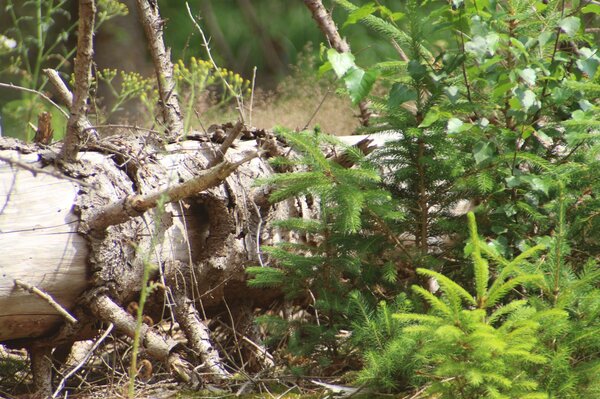
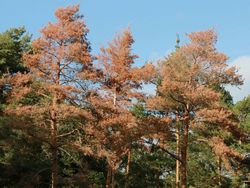
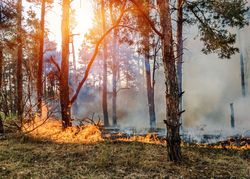
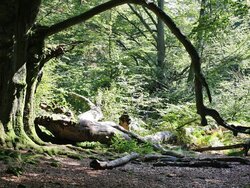

![[Translate to English:] Episode 11: What kind of trees do we need in future?](/media/_processed_/3/3/csm_Foto_Folge11_ce992af7e8.png)
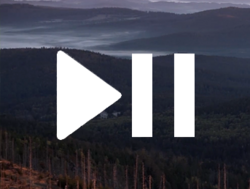
![[Translate to English:] Logo des Bundesministerium für Ernährung und Landwirtschaft](/media/allgemein/logos/BMEL_Logo.svg)